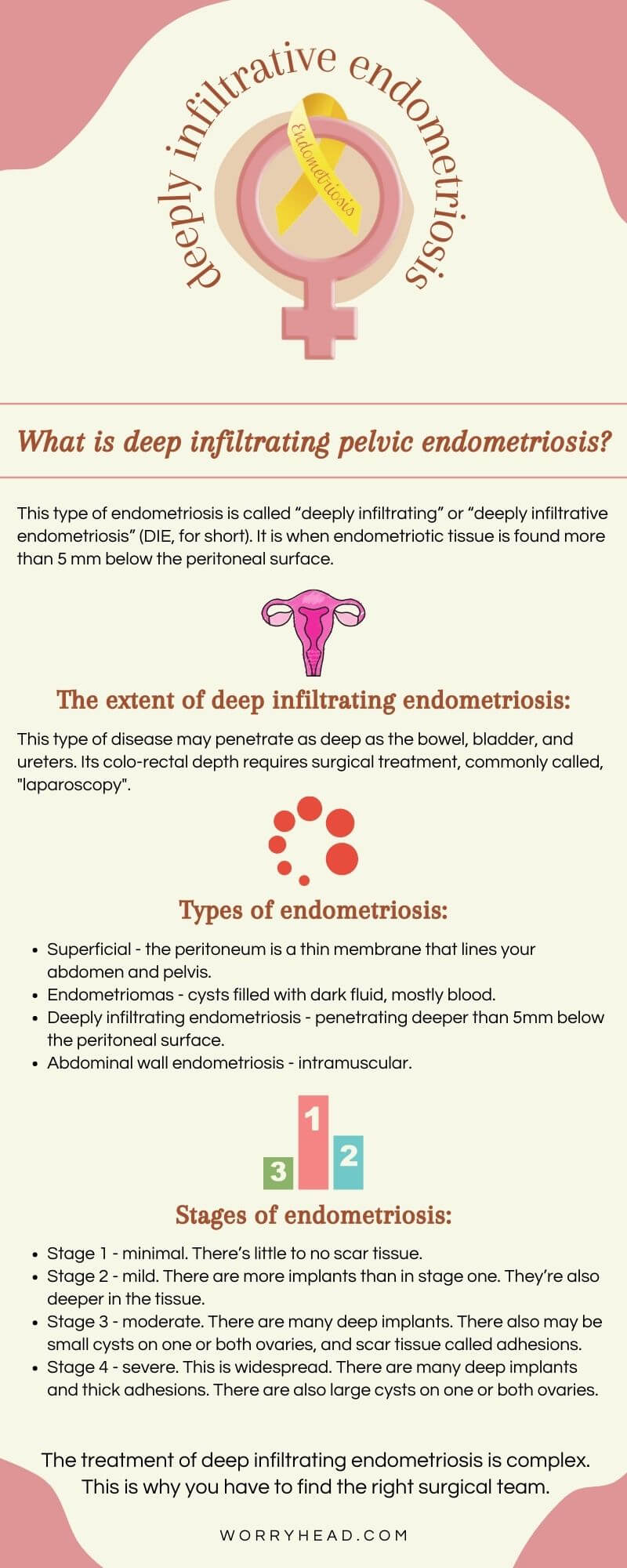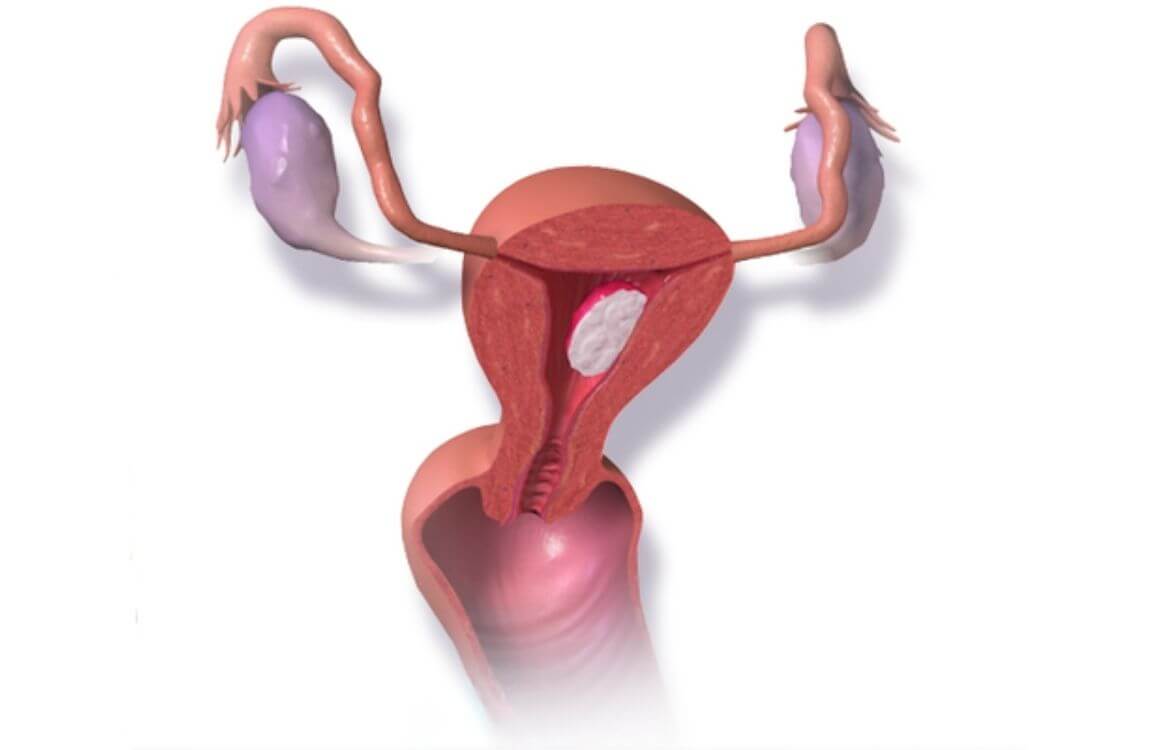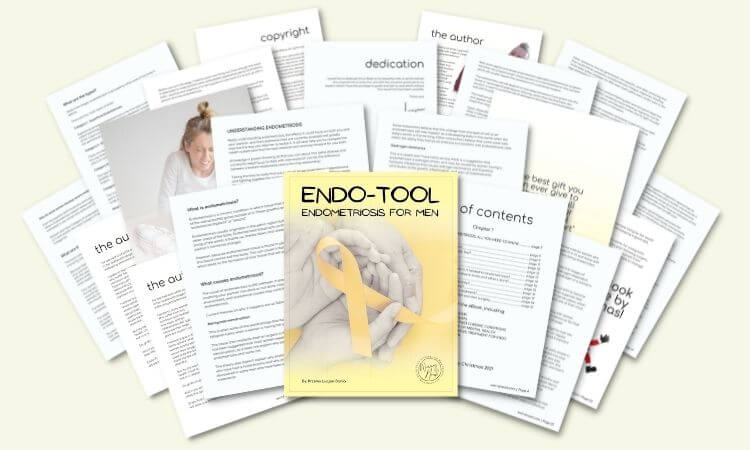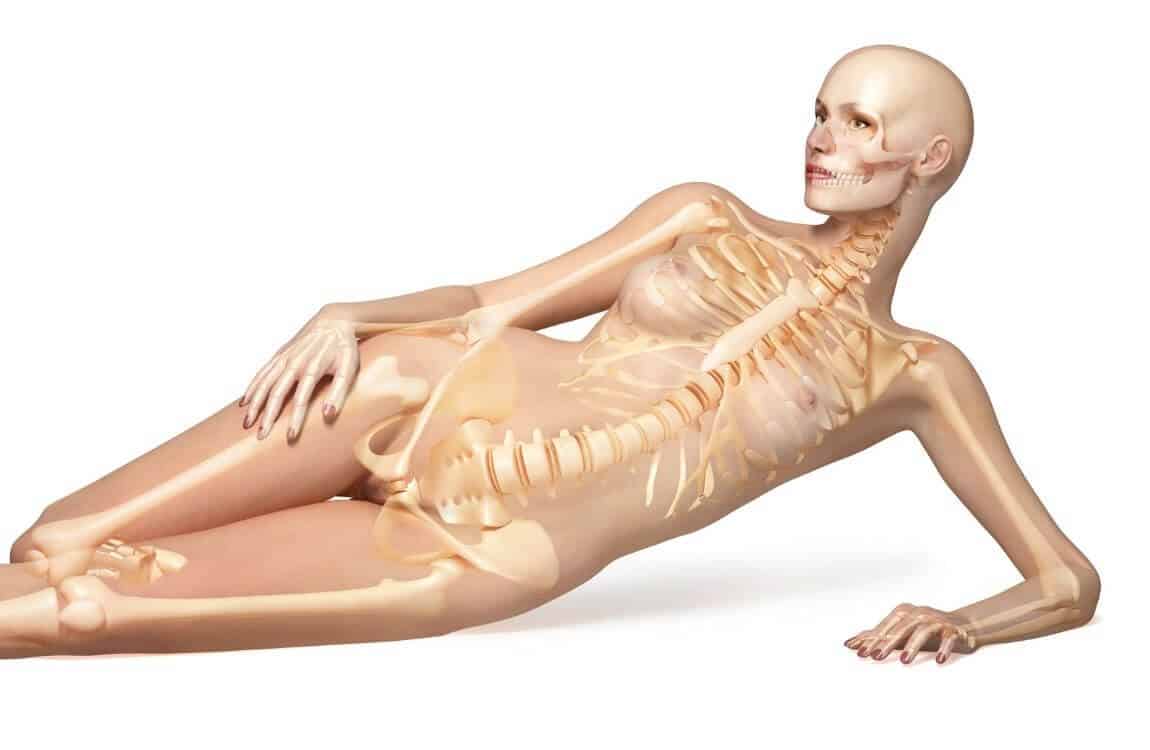What is deep infiltrating pelvic endometriosis: deeply infiltrative endometriosis.
What is deep infiltrating pelvic endometriosis (DIE for short)?
This type of endometriosis is called sometimes “deeply infiltrating” or “deeply infiltrative endometriosis” (DIE, for short).
It is when endometriotic tissue is found more than 5 mm below the peritoneal surface.
This type of disease may penetrate as deep as the bowel, bladder, and ureters. Its colo-rectal depth requires surgical treatment, commonly called, “laparoscopy”.

Stages and types.
Okay, let’s take a look now at the more detailed description of what is deep infiltrating pelvic endometriosis?
In order to get a better understanding of what is deep infiltrating pelvic endometriosis, we need to know what endometriosis is?
Endometriosis is a chronic disorder in which tissue similar to the tissue that forms the lining of the uterus grows outside of the uterine cavity.
There are four main types of endometriosis:
- Superficial – the peritoneum is a thin membrane that lines your abdomen and pelvis.
- Endometriomas – cysts filled with dark fluid, mostly blood.
- Deeply infiltrating endometriosis – penetrating deeper than 5mm below the peritoneal surface.
- Abdominal wall endometriosis – intramuscular.
There are four stages of endometriosis:
- Stage 1 – minimal. There’s little to no scar tissue.
- Stage 2 – mild. There are more implants than in stage one. They’re also deeper in the tissue.
- Stage 3 – moderate. There are many deep implants. There also may be small cysts on one or both ovaries, and scar tissue called adhesions.
- Stage 4 – severe. This is widespread. There are many deep implants and thick adhesions. There are also large cysts on one or both ovaries.
My wife has stage IV deeply infiltrative endometriosis. That means she has the worst type and stage of it.

Endometriosis and pain.
Let’s share more detail about what is deep infiltrating pelvic endometriosis.
As opposed to other types of endo that may have no symptoms at all, deeply infiltrative endometriosis can be very symptomatic!
It is good to know that even though experts don’t know why some women have more severe cases than others, endometriosis doesn’t always go from one stage to another.
Women often worry about it thinking that if they leave it be, it will progress to worse. That isn’t always the case, however, I wouldn’t advise leaving it be.
If left untreated, it can remain the same over time, but it may also get worse or better over time.
It all depends on the diet, level of stress, and other factors like taking medications, hormones, etc…
My wife suffers from the most severe form of endo, but manages it without hormones or painkillers. She simply follows a good diet and exercise.
I noticed that when M is exposed to stress, despite keeping a good diet, her flare-ups are more painful and last longer.
Stress is a trigger for endometriosis pain. Bad diet and an overall unhealthy lifestyle are other factors that trigger inflammation in the body, and that – chronic pain.
When discussing what is deep infiltrating pelvic endometriosis, it’s important to recognize that it can invade organs that are near the uterus.
These can include the bowel and the urinary bladder. It’s very rare (only 1-5%), but as it happens, it affected my wife.
M manages her endometriosis pretty well without any meds or hormones.
So far, 18 months since her surgery, she’s doing pretty well, but treatment is still important, in case her symptoms have come back.
The treatment of deeply infiltrative endometriosis can be challenging because it doesn’t always respond to hormonal therapy such as oral contraceptive pills.
Symptoms of deeply infiltrative endometriosis.
Let’s take a look at the symptoms of deeply infiltrative endometriosis when the urinary bladder and the bowel are involved.
Symptoms of urinary tract endometriosis:
The symptoms aren’t always the same for all females because every woman is unique and should be treated accordingly.
Saing that, they often include one or more of the following:
- Frequency and urgency of going to wee.
- Blood in the urine.
- Pelvic pain and pain in the lower side of the back.
- In rare cases, the ureter may become completely closed which can result in loss of function of a kidney.
In order to diagnose it, a pelvic ultrasound may be helpful. It is done by a CT urogram or an MRI urogram and involves injecting a contrast (a type of dye) into the urinary bladder.
If the endo invades the urinary bladder, the affected area will need to be surgically removed. In such a case, the bladder will need to be opened and then sewn closed.
Symptoms of bowel endometriosis:
Bowel endometriosis can cause pelvic pain, constipation, diarrhea, tummy bloating, pain with bowel movements, even bloody stools, and pain with intercourse.
In order to diagnose bowel endometriosis, a pelvic ultrasound can detect it in the rectum and the lower Sigmoid colon.
This is inexpensive and non-surgical, that’s why it is a preferred method of diagnosing, however, ultrasound has its limitations.
It may not detect endometriosis which is higher up in the gastrointestinal tract.
Rectal ultrasound is another option but it is not widely used because of the discomfort and a limited view in the pelvis.
An MRI or CAT scan is widely used although MRI did not show my wife’s deeply infiltrative endometriosis.
Treatment of endometriosis of the GI tract is only surgical since medical treatment is usually not effective.
Treatment using surgery is associated with complications such as bowel and ureteral perforations, and recto-vaginal and uterovaginal fistulas.

Infertility and pain!
What is deep infiltrating pelvic endometriosis in relation to infertility and pain?
There is only small evidence of the connection between DIE and infertility. Infertility can be affected by any type of endo, or it all depends on where it grows.
When endometriosis is in the bowel, it can affect your fertility, especially if you also have it on your ovaries.
Up to 50% of women with this illness are unable to conceive. Surgery may improve your odds of getting pregnant, but again, every woman is unique.
This severe form of endometriosis may be additionally found in the Pouch of Douglas, uterosacral ligaments, bowel, appendix, ureter, bladder, ureterovesical fold, or the pelvic wall.
Endo can easily grow into the sciatic or obturator nerves. That means it can cause really severe pain, therefore lowering the quality of life.
In reality, your organs don’t just sit in one place, they share quarters and need to be able to move around in order to properly function.
They aren’t static so to speak. Due to endometriosis the pelvis becomes “frozen”, the capacity of movement of organs is lost.
When your organs try to rotate, it can be very painful, especially around ovulation, when your ovaries swell with an egg and follicle.
The same thing happens during intercourse and penetration or even around the time of your period.
Deeply infiltrative endometriosis lesions tend to enter places that are rich in nerve fibers, this causes irritation and unbearable pain.

Treatment.
The treatment of deep infiltrating endometriosis is complex. This is why you have to find the right surgical team.
Do NOT just trust any gynecologists, most of them have limited information about endometriosis. I don’t know why, that’s just the way it is.
Most general or gynecological surgeons are not trained enough for this kind of operation.
Please remember that and don’t fall into the trap, even though they tell you otherwise.
Since my blog focuses on the subject of those who support their chronically ill partners, I need to stress that not only women should advocate for themselves.
As a man, you have a voice, you should do it too!
And let me tell you, knowing my wife for 13 years I’ve learned that accompanying her hospital, GP, work appointments, she gained a lot.
Whenever she was alone, no one took her seriously. As soon as I appeared and had my say, she gained respect and accurate help.
Unfortunately, we still live in a world where most doctors and bosses are men. Their ignorance is common.
If the physician seems to not be listening or does not have the knowledge, you should step up and just say to him to send you to someone who has more training.
I hope you found this article helpful. We have so much more for you here – both – from my wife’s perspective and my own point of view.
Just take a look at:
- “deep infiltrating endometriosis”
- “endo-stress”
- “loving a woman with endometriosis”
- “how to help someone with chronic illness”
All the best and see you at the next one!
In the meantime, check my “Endo-Tool, Endometriosis for Men” e-Book. You can get a FREE 1st chapter containing 20 pages filled with pure value, including:
- What is endometriosis?
- What are the symptoms?
- What causes endometriosis?
- What does endometriosis look like?
- What are the stages?
- What are the types?
- What is adenomyosis and how is it related to endometriosis?
- Why do some women develop severe endo and others don’t?
- Does endometriosis cause infertility?
- How is endometriosis diagnosed?
- Do types and stages affect the treatment?
- Recurrence of endometriosis after excision surgery.
Get FREE “Endo-Tool”
Endometriosis for Men e-Book



About Me
Hi, I’m Lucjan! The reason why I decided to create this blog was my beautiful wife, who experienced a lot of pain in life, but also the lack of information about endometriosis and fibromyalgia for men…
